5 Yoga Poses to Strengthen Your Wrists

The wrist is considered a relatively small joint, packed with delicate tissues that primarily include ligaments (which hold the wrist bones together), and tendons (to connect the forearm muscles to the fingers for range of motion). The wrist aligns and stabilizes the hand, aiding in the control of fine motor activities. Much of the wrist’s movement is located where the radius and several carpal bones meet (deep in the heel of the hand). Irritation, strain or injury to these ligaments and tendons can be a leading factor in wrist pain.

Photo credit: handsport.us
Figure 1
Most people spend the majority of their day with their wrists in mild extension (i.e. driving, typing, etc.), which gradually leads to the loss of the ability to move easily and safely into full wrist extension. This constant mild extension makes the tops of the hand, wrist and forearm area tense from habitual overuse. Meanwhile, the bottom of the hand, wrist and forearm are weak and underused. Over time, the imbalance in the muscle tone leads to more serious problems like carpal tunnel, tendonitis and other forms of chronic pain in the wrist.
The ulnar artery and ulnar nerve pass through a space just to the inside of the pisiform bone, which is protected by a small sheath of fascia (a saran wrap-like dense connective tissue that encloses muscles). If we consistently put weight on the heel of the hand, we not only irritate the soft tissues of the wrist – causing the tissue to swell – but also risk damaging the wrist by putting pressure on this nerve.

Photo credit: slideplayer.com
Figure 2
The health of our wrists not only depends upon the strength and tone of the muscles on the tops and bottoms of our forearms, but also upon how we bear weight on our hands and wrists. Although repetitive use will damage muscular tension, wrist injuries themselves are usually caused by how we put weight on our hands.
Any problems with your wrists may be made worse by bearing weight directly on the hands. Yet this weight bearing is crucial to any yoga practice, especially a vinyasa-based style, in which you place weight on the hands over and over again.

Photo credit: yingyangyogis.com
Figure 3
In order to protect and strengthen the wrist when the entire palm of the hand is on the floor, the greater part of your weight should be directed, not to the heel of your hand, but primarily to the mounds of the fingers; more specifically, the mound of the index finger. By pressing down through the mounds of the fingers, you are engaging the underside of the forearm, and releasing weight from the center of your palm. The weight should only be placed on the heel of the hand when the entire palm is needed for balance or bearing weight.
Paying close attention to alignment, flexibility and strength of the wrists are great ways to start developing and maintaining the health of your wrists. Strength in your wrists is essential for more advanced poses like arm balances, but it’s also imperative in order to receive the full benefits from all poses.
Here are 5 yoga poses to help strengthen and maintain the health of your wrists:
Adho Mukha Svanasana (Downward Facing Dog pose)
Downward Facing Dog is one of the most commonly practiced yoga poses, making an appearance across all styles of yoga disciplines. Among it’s lengthy list of benefits, this pose helps strengthen your wrists.

How to get into Down Dog safely:
● Starting in Table Top, ensure that the shoulders are stacked over wrists and hips stacked over knees
● Tuck the toes and lift your hips skyward, making an A shape with your body
● Practice this pose with your fingers spread wide and your weight rooted evenly through your hands (as demonstrated in Figure 3)
● Press through the knuckles of your index fingers into the floor to relieve pressure from the wrists
Risk Factors:
Some practitioners tend to dump their weight into the heel of their palms, which over time can cause issues like carpal tunnel syndrome. This is why it is critical to check the placement of your weight, which should be primarily in the main and secondary pressure points of your hands (see Figure 4).
Urdhva Mukha Svanasana (Upward Facing Dog pose)
Another common pose for a variety of yoga disciplines, Upward Facing Dog strengthens the wrists, as well as the spine and arms. Some practitioners have a tendency to roll their shoulders forward, creating strain on the entire arm, all the way down through the wrist and fingers. To avoid this, be sure to engage the scapula and roll the shoulders down and back. This adjustment will allow you to have correct alignment and engagement through the arm down to your wrists.

How to get into Up Dog safely:
● Beginning by lying flat on your stomach, plant your palms alongside your rib cage, and begin straightening your arms and pressing the top of your feet into the mat to lift your torso and front body
● This should feel like a gentle backbend in the spine, opening and expanding the chest and the front of the shoulders
● Again, remember to engage the scapula to roll the shoulders down and back, while maintaining alignment of your shoulders over wrists
● Remember to keep your hands actively pressing into the mat. You should feel the weight being supported through the middle of the wrist and slightly into the base of the palm
Risk Factors:
Like Downward Facing Dog, misalignment of the wrists in this pose may lead to painful conditions, like carpal tunnel syndrome. If there is any tension or too much pressure on your wrists, lower your torso closer to the floor, and reach your hands and elbows further away from your chest (i.e. Seal pose, or a modified Sphinx pose).
Phalakasana (High Plank pose)
Another extremely common pose in many vinyasa-style yoga classes is High Plank pose, or Phalakasana. This pose strengthens the wrists and the abdomen. Proper alignment throughout the body is key in this pose, and proper alignment in the wrists is absolutely necessary to receive all of the benefits that High Plank has to offer.

How to get into High Plank safely:
● Your shoulders should stack directly over your wrists, while your body is straight and strong like a plank of wood
● Tuck your pelvis slightly to engage your core muscles and keep your lower back from arching. If your hips dip down, you will feel pressure in your lower back (which is a sign of misalignment)
● Engage the scapula and pull the shoulders down and away from the ears, while maintaining alignment of shoulders over wrists
● Your weight should be distributed evenly through the fingers so there’s little-to-no pressure on the wrists
Risk Factors:
Like many poses found in Sun Salutations A/B, misalignment of the wrists in Plank pose may lead to painful conditions, like carpal tunnel syndrome. Lower onto your forearms, and/or drop your knees to the mat if you feel there is too much pressure or tension on your wrists in Plank. This will allow you to start building correct alignment and strength, without the potential wrist pain.
Purvottanasana (Upward Plank pose)
Upward Plank pose strengthens the wrists, arms and legs, while stretching and creating space in the shoulders, chest and front of the ankles.

How to get into Upward Plank safely:
● Starting in Dandasana (Staff pose), plant your hands behind your hips with the tips of your fingers pointing towards your feet
● Place an equal amount of weight in your hands, keeping the entire palm pressed firmly into the mat
● Lift your hips, keeping your arms and legs straight and strong, and actively press hands and feet into the mat
● Press your shoulder blades against your back torso to support the lift of your chest, with the option of slowly dropping your head back (without compressing the back of your neck)
Risk Factors:
Over time, incorrect placement and alignment of the wrists can lead to wrist pain. When placing your hands behind you for support, be sure to point your fingers towards your body (especially in poses such as Upward Plank and Upward Tabletop). If you feel any tension or stress in your wrists, bend the knees and stack your feet underneath them, coming into Upward Tabletop. Transitioning in and out of these poses risks injuring your wrists if not done carefully.
Vasisthasana (Side Plank pose)
Side Plank is a great arm and wrist strengthener. Ideally, your body should create a long diagonal line from the crown to the heels.

How to get into Side Plank safely:
● Starting in Plank position, bring your feet to touch and then roll onto the outside of your left foot, stacking your feet, hips, shoulders and wrists
● Engage the left arm, while pressing the base of the index finger firmly into the mat
● Gently work to balance the weight in the left (bottom) hand between the pinky finger and thumb
● Engage the thighs, and flex the feet to keep them active, which will provide stability in this pose
Risk Factors:
Supporting quite a lot of your weight on one wrist may lead to eventual wrist pain and potential injuries. It is suggested to practice modified forms of this pose until you can build the strength to hold your weight comfortably. Practitioners with serious wrist injuries should attempt alternative poses to maintain the health of their wrists. For example, to keep the integrity of the pose but to take the weight almost completely out of the wrist, come onto the forearm(s) for a Forearm Side Plank.
Like anything in life, we all start from the beginning and must work to create building blocks one step at a time. Developing and maintaining the health of your wrists is essential to maintaining the overall health of your muscle and skeleton structure(s). Give yourself time and be sure to practice these poses, all while remembering to be kind and gentle to yourself – your body (and wrists) will thank you!
How often do you practice or work on building the strength, flexibility and stamina in your wrists? Are there other yoga poses you find work best for you and/or your unique needs? Please share your thoughts in the comments below – we love hearing from you!


This Month's Letter
From the Editor
Monthly motivation and food for
thought from our founder.

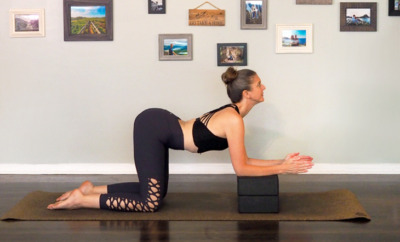
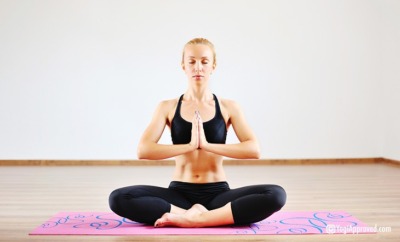


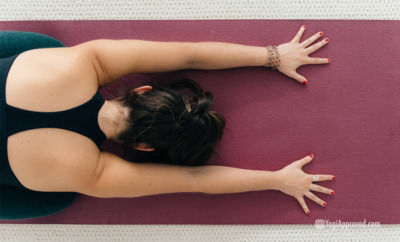




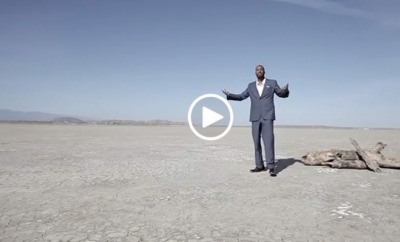


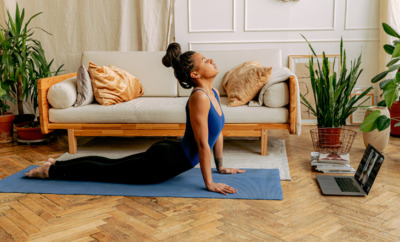








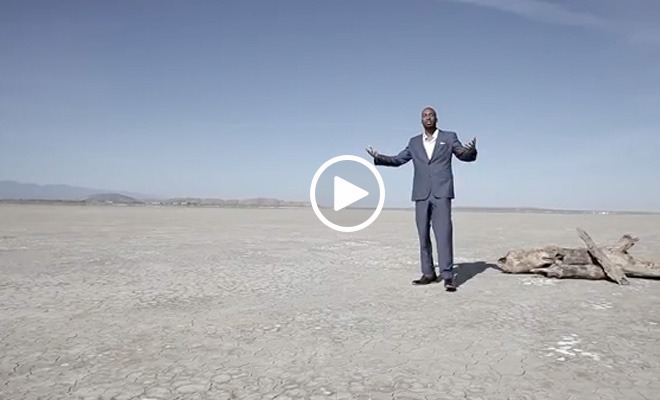





Comments